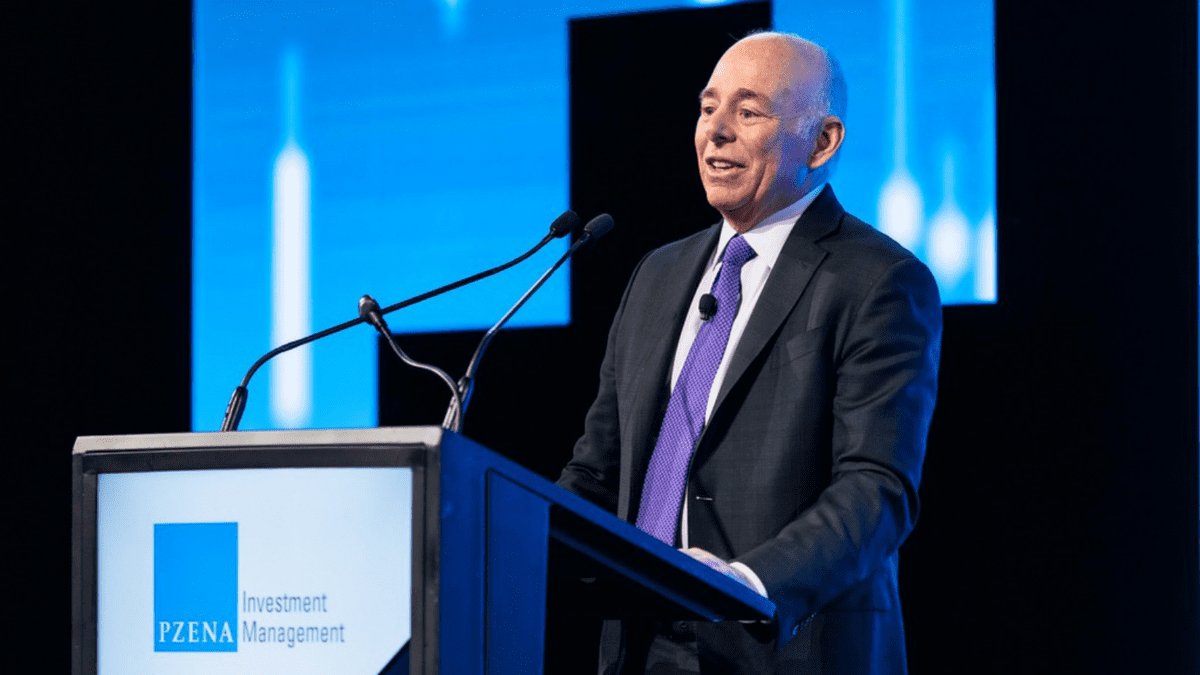Funds flows favour the brave; what they say about 2022
Australian investors ploughed as much as three times more money into equity-focused managed funds in 2021 than they did in 2020. Being the preferred source of investment vehicle for the majority of financial advisory groups and investment platforms, it provides a unique indicator into the sentiment within the advisory market.
According to global funds researcher Calastone, whose Fund Flow Index (FFI) tracks 95 per of all capital flows into managed funds within Australia, one of the key drivers has been the surging savings rate and associated jump in disposable income through the pandemic. Driven by fiscal policy and lockdown restrictions, Ross Fox of Calastone highlighted that consumers were “rather cautious with all this cash in the first year of the pandemic…..but as a clear exit route emerging in the form of vaccines, fund flows responded dramatically.”
Importantly, the fund flows don’t necessarily suggest that investors are dipping into their own pocket or mortgage to invest more, but rather in many cases, they simply have not been drawing-down the capital they already have invested, thereby allowing it to be reallocated and reinvested accordingly.
Fund inflows rose to $35.7 billion across all asset classes in 2021, a 162 per cent increase on 2020 levels, with equities growing at an even faster clip, of 174 per cent, and dominating the sector. More than $15 billion was directed into equities, of which $8.3 billion headed into international assets. Whether these were chasing returns or seeking diversification, these allocations will no doubt be tested as the US markets that dominate the index enter a correction this week.
The fund flow data offers a unique insight into the change in sentiment that occurred throughout the year, with July by far the standout for confidence and inflows as a strong US earnings season triggered a rally to finish 2021. This shouldn’t surprise many given that the majority of advisory firms work on a quarterly review basis, holding significant changes for the end of financial year.
Yet as the Omicron variant started to spook the market and inflation concerns reared their ugly head, a risk-off sentiment was clearly felt in December, with just $1.0 billion in total flows for any asset class. A strong lead-up, however, meant the final quarter of the year, which saw $8 billion in investments, was the largest in Calastone’s records.
Not unsurprisingly, smaller companies were major beneficiaries in 2021, as investors seemingly chased the hottest sector of 2020 like they normally do. How this turns out and whether we are truly entering a bear market in 2022 (as an investor of the stature of GMO’s Jeremy Grantham suggests) will be the question of the year.











